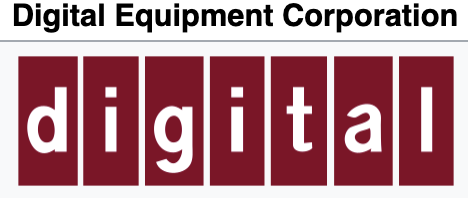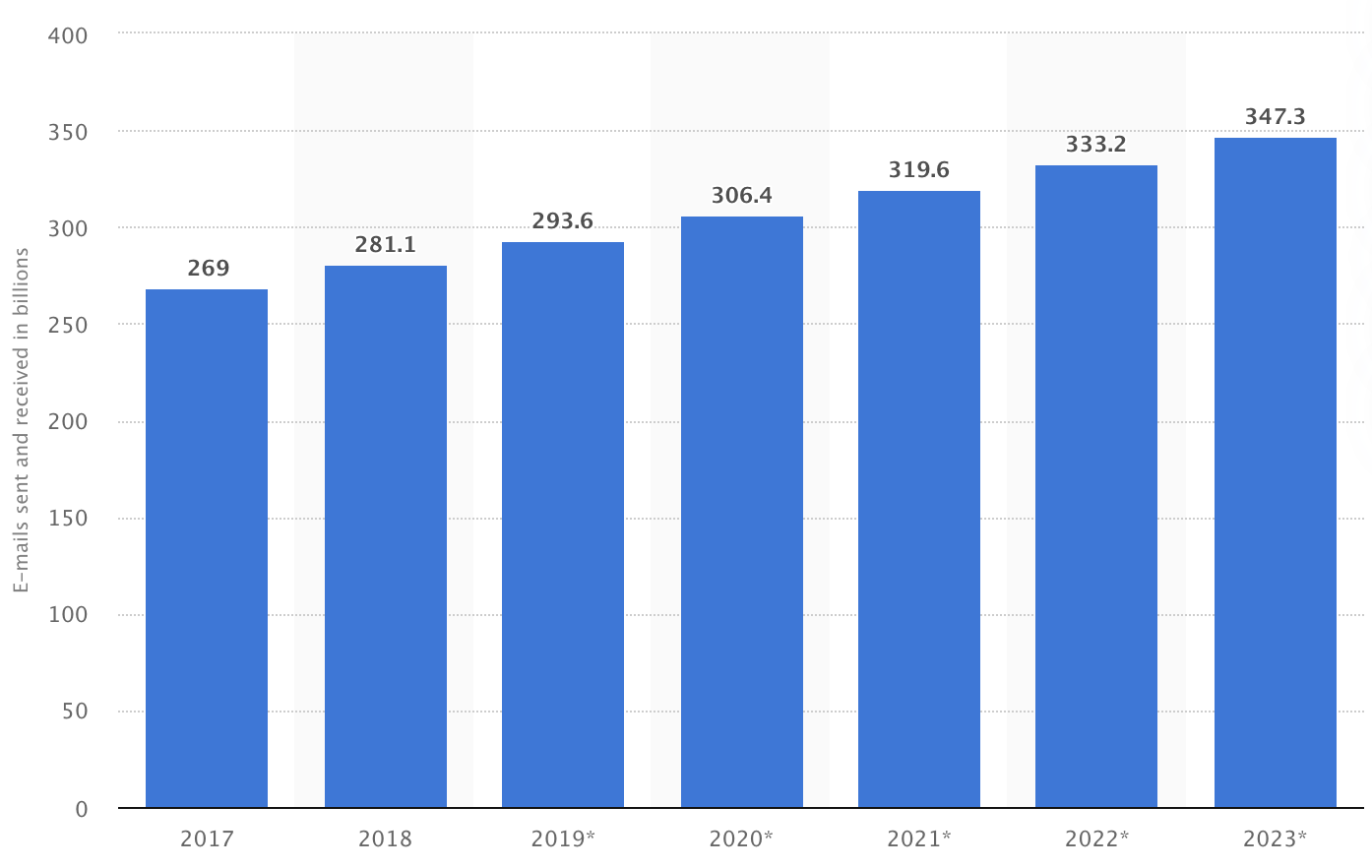By Laurie Jo Miller Farr
In May 1978, marketing manager Gary Thuerk hit ‘send’ on the first unsolicited email ever. It signalled the birth of junk mail, received by 400 customers as an ad for a presentation by Digital Equipment Corporation, an early vendor of computer systems. People hated it.

Fast Forward
It wasn’t until two decades later that mainstream America started setting up personal email addresses.
However, the prehistoric dial-up landscape of the World Wide Web in the 20th century still looked like Jurassic Park.

Surprise, surprise…email has survived and thrived. Who would have thought that the oldest technological form of mass communication could still be the cool kid in 2020?
Delete is Sweet
Since the objective in email marketing is not to have people hate it, best practices matter more than ever. The high volume received on a daily basis by the average user can make the delete button extremely attractive.

Number of emails sent and received per day worldwide (in billions) 2017-2023, Source: ©Statista 2020
Even worse for marketers, one or two email campaigns poorly written or badly deployed can have customers deciding to make the breakup permanent by hitting ‘unsubscribe.’
“The level of detail and personalization that can be integrated
into it is high, but there are also a significant number of pitfalls
of which senior marketers need to be wary.” – CMO by Adobe
What Not to Do
Before addressing the proper etiquette “do’s,” let’s visit these cringe-worthy “don’ts” in email marketing for business:
- Don’t purchase lists or add to your database without permission.
- Don’t neglect the unsubscribe button; that’s illegal.
- Don’t make the unsubscribe functionality slow as molasses.
- Don’t mark mass emails as urgent.
- Don’t shout by using all caps. EVER!!!
- Don’t overuse exclamation marks and emoji.
- Don’t start with “Dear ___, I hope this finds you well…”
- Don’t make spelling mistakes and grammatical errors.
- Don’t write long blocks of text that resemble a book chapter.
- Finally, don’t use email when you should pick up the phone.
Best Practices
Customer experience for your brand is a journey—and it begins at the inbox. Take it from the pros at Adobe who say, “Don’t send more, send better.”
- Do personalize email greetings.
- Do write email subject lines that prompt opens.
- Do optimize preview text and taglines.
- Do use A/B testing to continually refine results.
- Do send the email to yourself to review it carefully.
- Do use one or two typefaces at a maximum.
- Do include an email signature.
- Do clean your mailing list regularly.
- Do place the message and call-to-action above the fold.
- Finally, do measure and analyze results.
The Big Picture
Importantly, email marketing is not a standalone product. It’s both a key element for brand communications and a critical, early touchstone in customer experience. Sure, you can use an email marketing service provider for templates, deployment, and tracking. However, automated platforms cannot think.
The teams at Spritz keep clients a step or two ahead of the email marketing game by integrating brand strategy with a content strategy for the win. Let us know if we can lend a hand?



Share on social